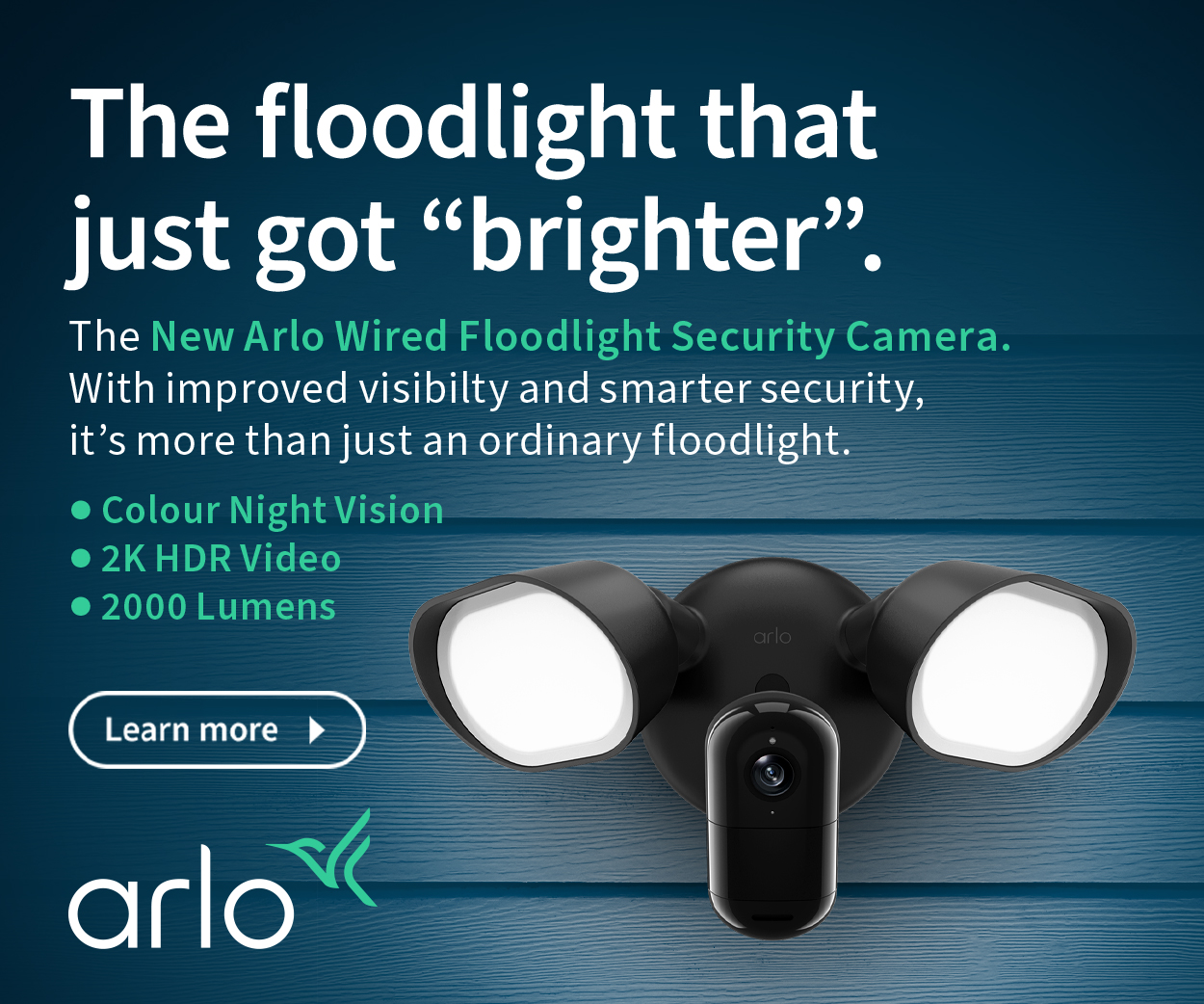Philips 65PML9506/79 Mini-LED Ambilight 4K TV (AV review)
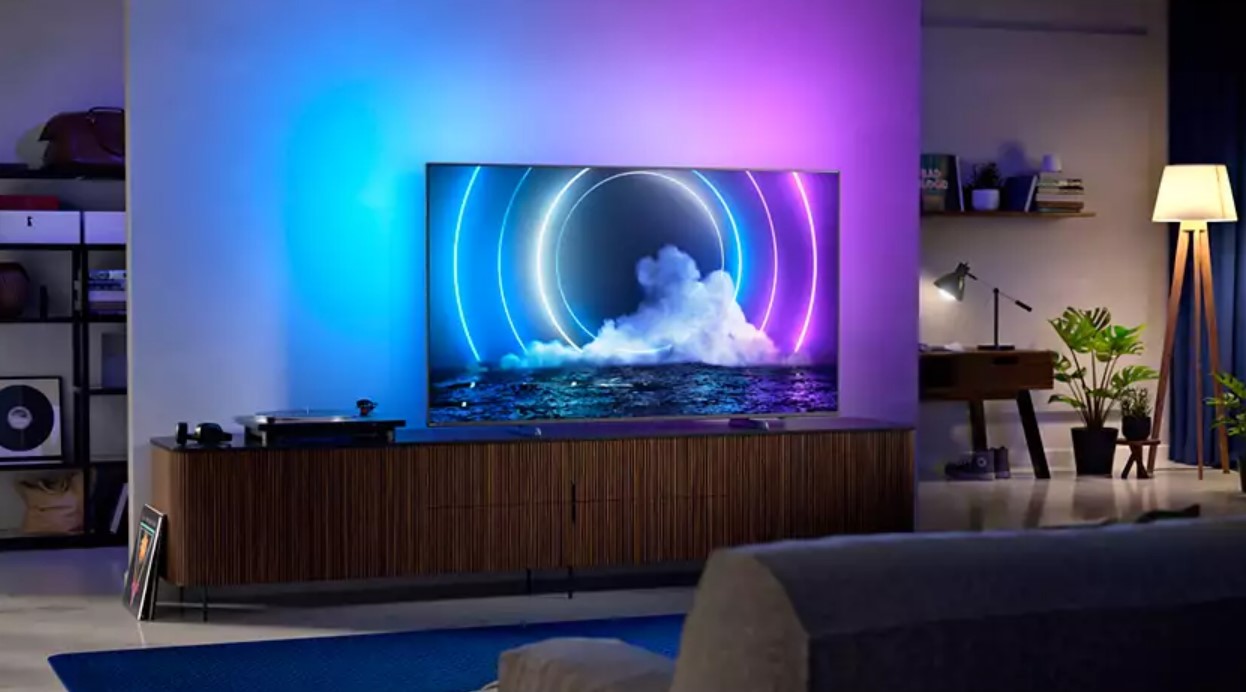
The Philips 65PML9506/79 Mini-LED Ambilight 4K TV is part of its range of smart TVs, including OLED+, OLED, Min-LED/Quantum Dot, and UHD LED/LCD TVs. There is also a 75″ model.
Philips is recognised worldwide as an iconic Dutch brand, and its TVs are made under licence by Amsterdam-based TP Vision and assembled in China. Philips TVs are a step up from the generic value brands, and its OLED+ TVs use LG EX (Evo) panels. The VA Mini-LED panels are likely made by TCL-owned CSOT, which also supplies Samsung and Hisense.
Note: This is a 2021 entry-level Mini-LED/Quantum Dot model (2022 Model 9507 Android TV 11 and is not available here), and the 2000 nit Model 9636 is not sold here.
Quick Summary: Philips 65PML9506/79 Mini-LED
- 4K Dolby Vision/Atmos, 1500nits peak
- 65 or 75″ Mini-LED/Quantum Dot, 1000 dimming zones
- Processor: Philips 5th Gen P5 AI
- 10-bit/1.07b colours, 95% DCI-P3, Peak 1000 nits
- Ambilight: Four sides
- Sound: 2.1 (2 x 10W and 30W sub = 50W) Dolby Atmos and DTS
- HDMI 2.1: 4K@120Hz, 48Gbps, VRR, ALLM, eARC
- Android TV 10
Australian review: Philips 65PML9506/79 Mini-LED Ambilight 4K
| Website | Product Page and PDF Manual and Product Range |
| Price | $3495 but seen on Amazon Philips store for $3045 |
| From | You can order via Harvey Norman |
| Warranty | 2-year ACL |
| Country of origin | China |
| Company | Philips (Est 1891) is a Dutch multinational with interests in lighting, consumer lifestyle, consumer healthcare, and commercial health equipment. |
| More | Cybershack’s Philips news and reviews |
We use Fail (below expectations), Pass (meets expectations) and Exceed (surpasses expectations or is the class leader) against many of the items below. We occasionally give a Pass ‘+’ rating to show it is good but does not quite make it to Exceed.
You can click on most images for an enlargement.
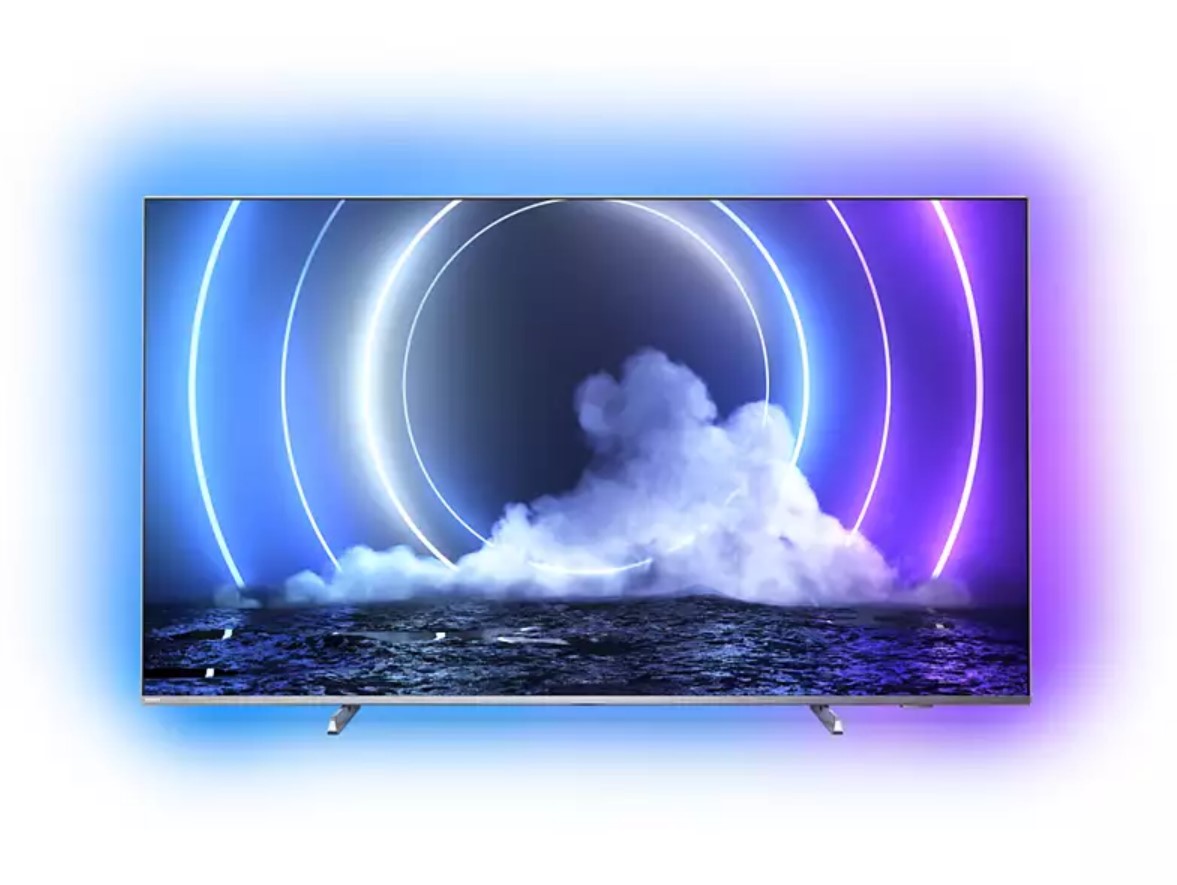
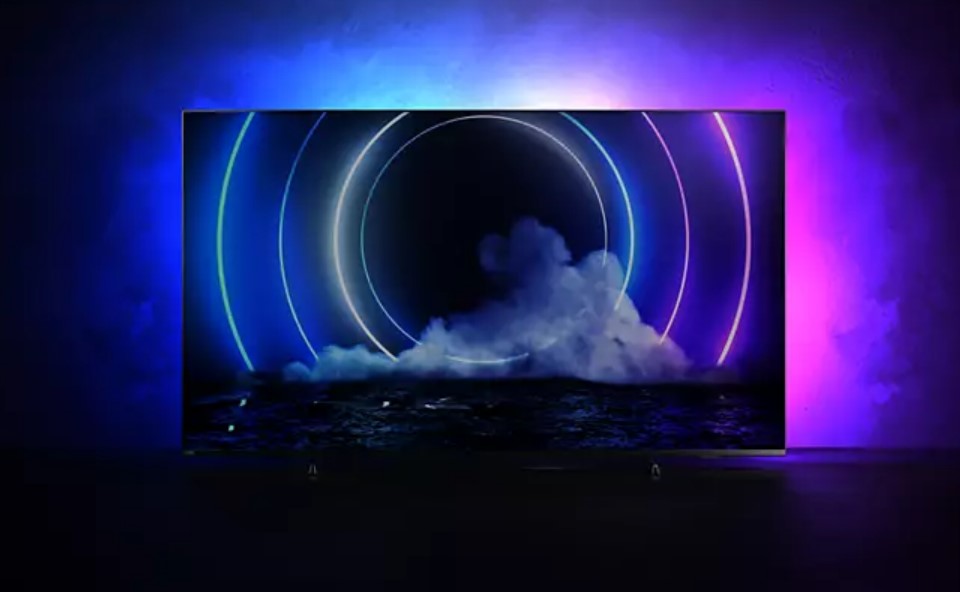
First impression – big and bezel-less – Pass+
We are reviewing the 65PML9506/79 Mini-LED model (the 75″ is identical – just larger), and it looks pretty well-made. The ‘knife’ style legs have two width positions (mid or wide) and two height blocks to lift it to 68mm from the desktop. It should fit most low-profile soundbars but be aware that the IR controller is below the TV.
The power cable is from the right rear, and the ports are left rear. You can wall mount it with a 400 x 200 VESA plate and M6 thread screws (the 75″ is 600 x 300 x M8 thread).
The Google Assistant remote is backlit and has an interesting design, even though it is a relatively standard Android TV 10 design with the addition of an Ambilight button. It pairs both via BT and IR.

Android TV 10 – Easy as – Pass+
Google/Android TV 10 is easy to use. Log in via your Gmail account, set up Wi-Fi (or Ethernet), and agree to sign your privacy away. Philips also wants you to sign in for added-value features like Philips TV Collection, but you can avoid it. If you want privacy, set up a junk Gmail account.
We won’t go into Android TV except to say it has all Australian digital free-to-air channels and many apps. It also uses Google Assistant for Google Home and voice control. A nice feature is Chromecast support, but PCs will need to use a Miracast dongle.
The streaming Apps come from Google Play for Android TV or the Philips TV Collection, which requires you to agree to its Privacy Policy (in addition to Google’s).
It has 32 GB of storage (about 23 GB free) for Apps – you cannot store video/audio content in the memory. It has a PVR function via USB to up to a 2 TB flash drive or SSD.
Processor and AI – Pass+
It has a Philips 5th Gen P5 AI processor with an AI Film mode that automatically enhances movie content, an integrated light sensor that adjusts screen settings on ambient lighting, and Perfect Motion Clarity, which improves the smoothness and sharpness of fast action.
Our observation is that its AI image setting is well up to the task.
Ports – Pass+
- 2 x HDMI 2.0, 4K@50/60Hz
- 2 x HDMI 2.1, 4K@100/120Hz (one eARC and one ARC, CEC control)
- 3 x USBs (one is USB-A 3.0 5V/.9A/4.5W and supports up to 2 TB for recording and two x 5V/.5A/2.5W)
- Optical Audio Out
- 3.5mm Audio out
- Antenna
- Ethernet (and Wi-Fi 5 AC)
In games mode, HDMI 2.1 ports achieve an 18ms latency.
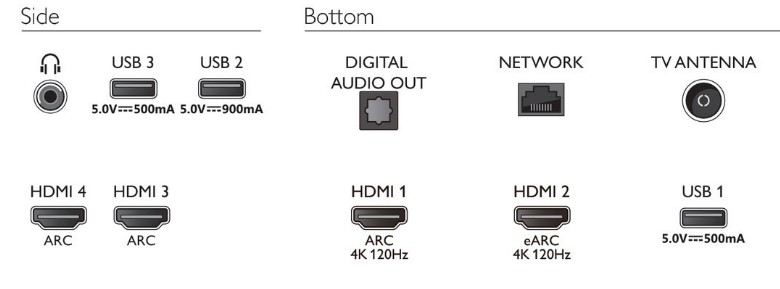
Picture Modes – Pass+
It can display 95% of DCI-P3, 1.07b colour gamut, so any mode will be reasonably accurate. But this has a huge variety of modes – most are set and forget* including:
- Personal: The picture preferences you set during the first start-up.
- Vivid*: for daylight viewing (and the mode you will likely use all the time).
- Home Cinema: Movies (more accurate colours appear muted).
- Standard: Energy-conscious default and lacking in brightness.
- Filmmaker Mode: movies with the original studio effect
- Game: Lowest latency on HDMI 2.1 input
- Monitor: PC display on HDMI input
- Day: For ISF Calibration,
- Night: For ISF Calibration
- Calman: For Calman colour Calibration
HDR settings
- HDR Personal
- HDR Vivid*
- HDR Home Cinema
- HDR Filmmaker Mode
- HDR Game
- HDR Monitor
Dolby Vision HDR
- HDR Personal
- HDR Vivid*
- Dolby Vision Bright
- Dolby Vision Dark
- Dolby Vision Game
While Vivid is oversaturated in all modes, it is what viewers like.
How does it look? Pretty good – Pass+
We have now seen quite a few Mini-LEDs, and these all perform very well. They are generally not near the OLED standard for true black but offer bright, colour-accurate, lower-cost TVs.
In short, The Philips 65PML9506/79 Mini-LEDan excellent Mini-LED with a huge range of adjustable parameters to please even the most fastidious TV watcher. My only gripe is that the automatic light sensor is overly aggressive, so turn it off.
Tests
We have invested in testing equipment to take direct screen grabs instead of photographing the screen. The result is a more accurate representation of the test results.
Image quality – Vivid mode – Exceed
Out-of-the-box, its colours are a little washed-out because it defaults to Standard energy-conscious mode. Select Vivid (highest power mode) for normal viewing.
It reproduces 10-bit/1.07 billion colours. Our tests’ primary colours, red, green, and blue (RGB), are 100% accurate. Secondary and tertiary colours (like skin tones) are mostly accurate.

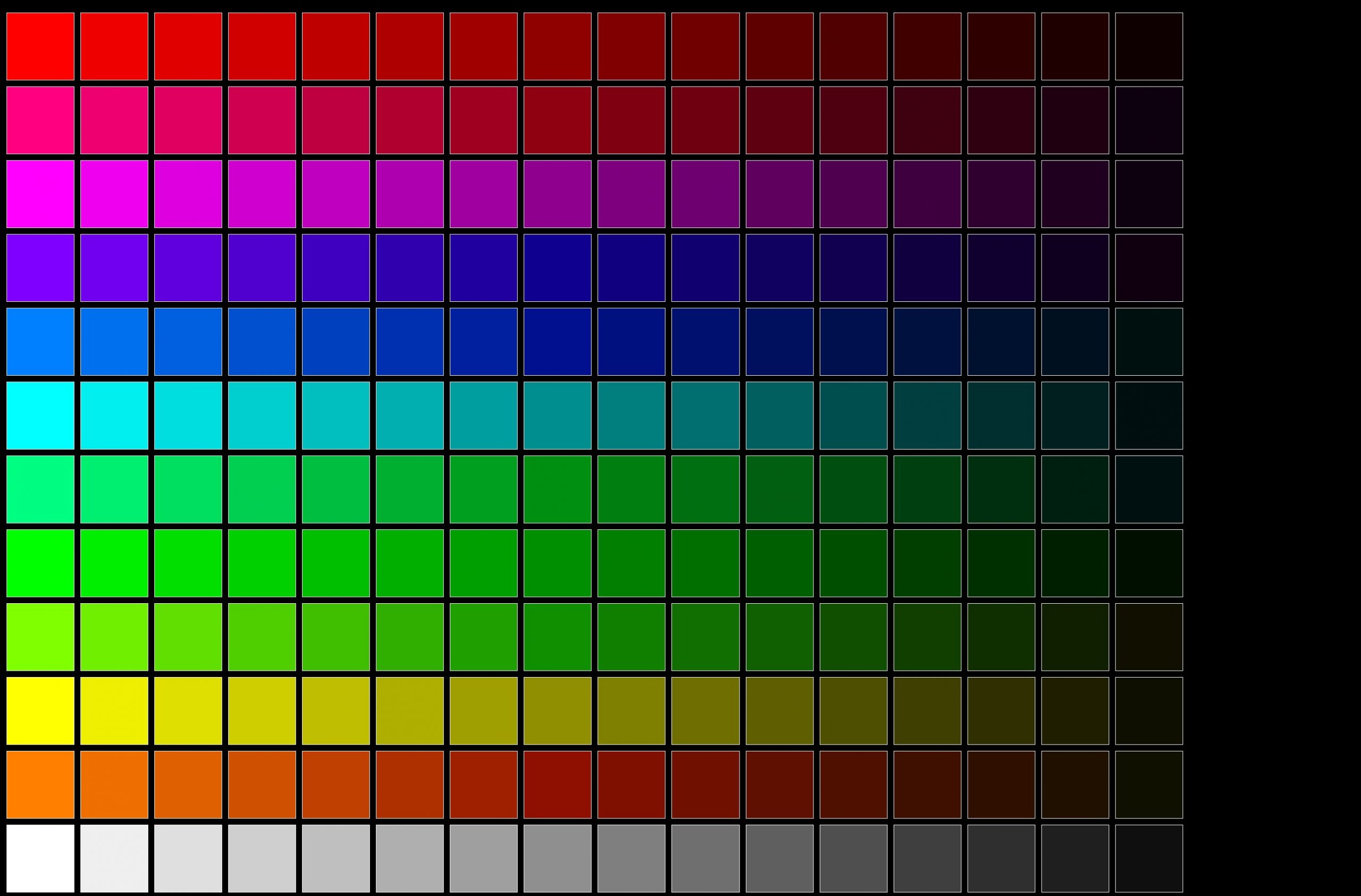
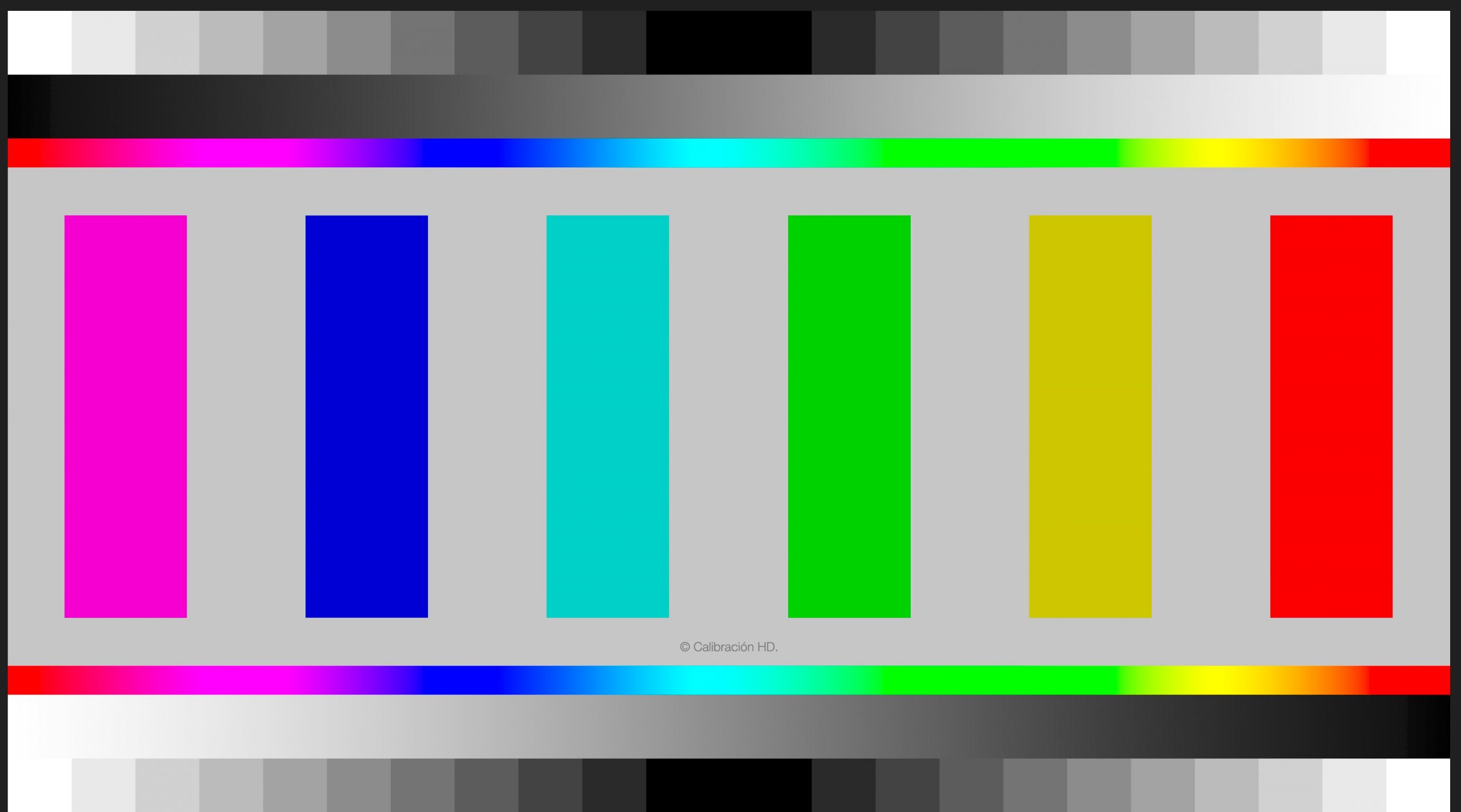
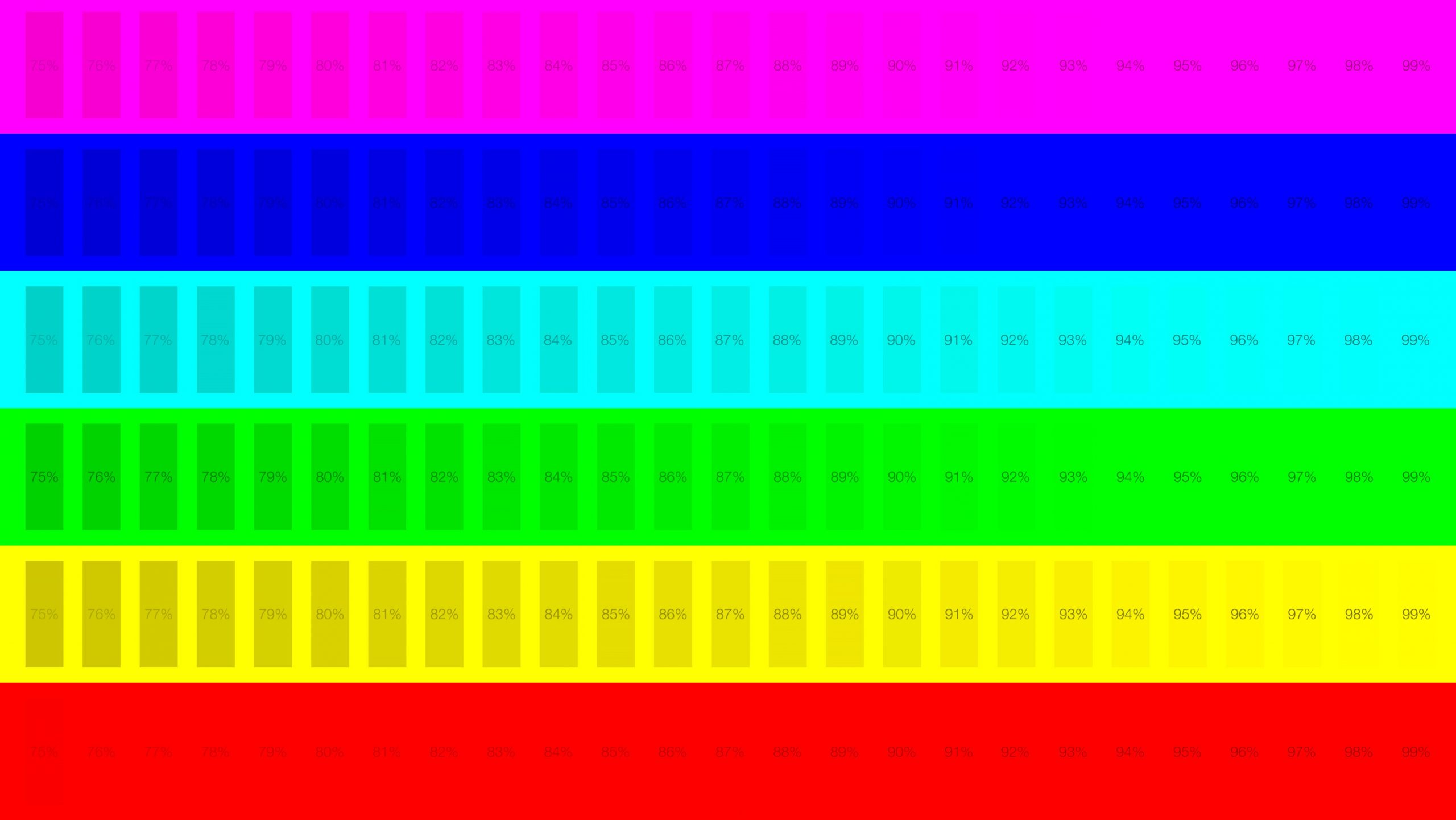
Contrast – Pass+
Philips does not publish contrast ratios, but we assess it at about 6000:1. By comparison, OLEDs are infinite ∞:1, and most LCD TVs are around 1000 to 1500:1 as you never see pure black (only OLED can turn each pixel on/off).
This is pretty good, and you can see the 1% increments in the test. While it does not produce inky blacks like OLED, it is way ahead of any other recent QLED/UHD TV we have tested.
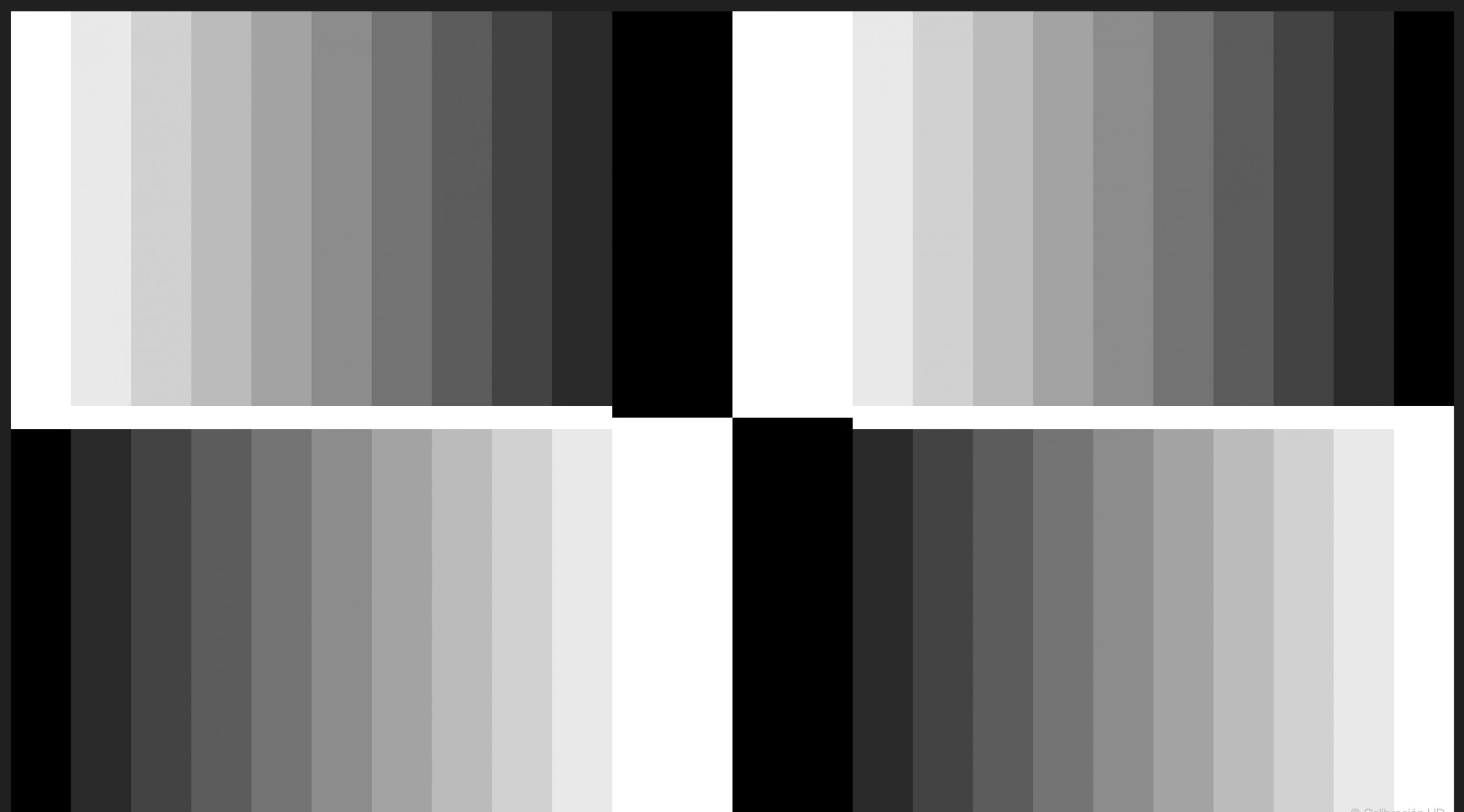

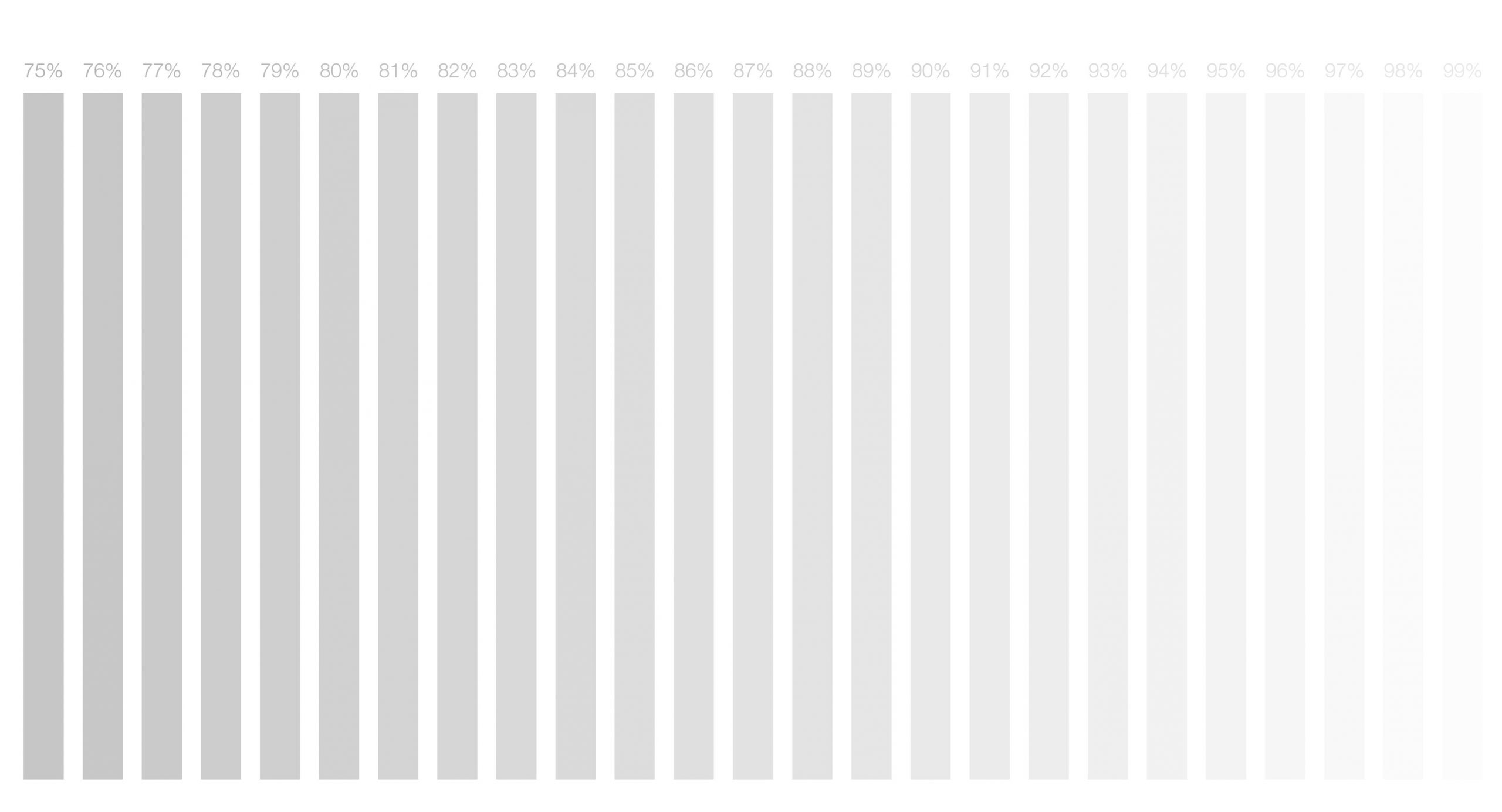
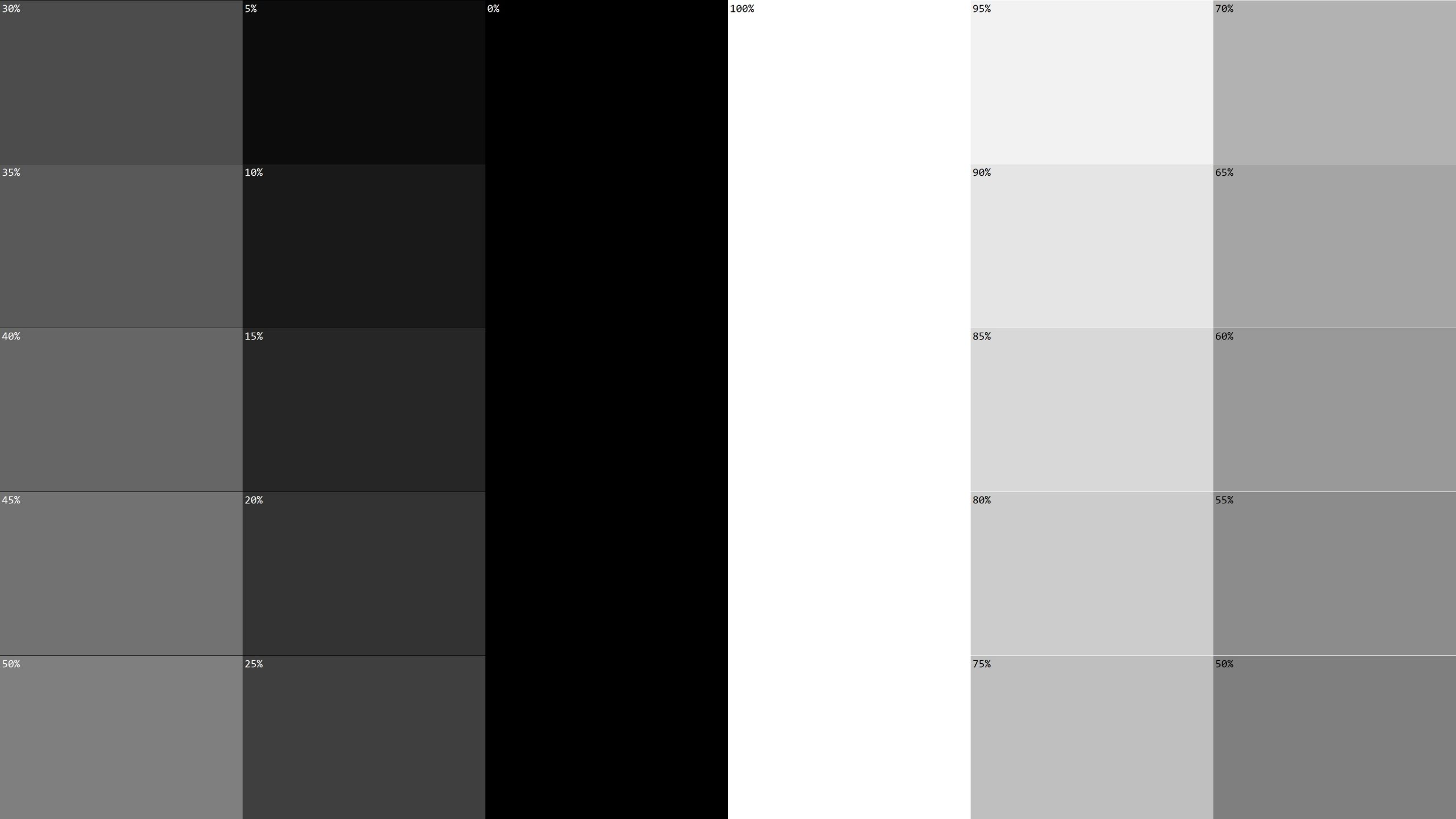
Brightness – Pass+
The panel is rated at 500 nits maximum brightness over 100% of the panel and 1500 nits on 2% of the panel. Our tests confirm that it reaches between 400-500nits, so it can easily display SDR (standard dynamic range) free-to-air and FHD streaming.
The next step is HDR/10/+, which needs at least 1000 nits in a small portion of the screen. This TV passes that test in a 20% window.
Dolby Vision can be up to 10,000 nits (but no TV does this). Our tests show it can reach 1500 nits in a tiny part of the screen, but that is where a darkened room can make it look much better. It can sustain 1000 nits in a 2% window.
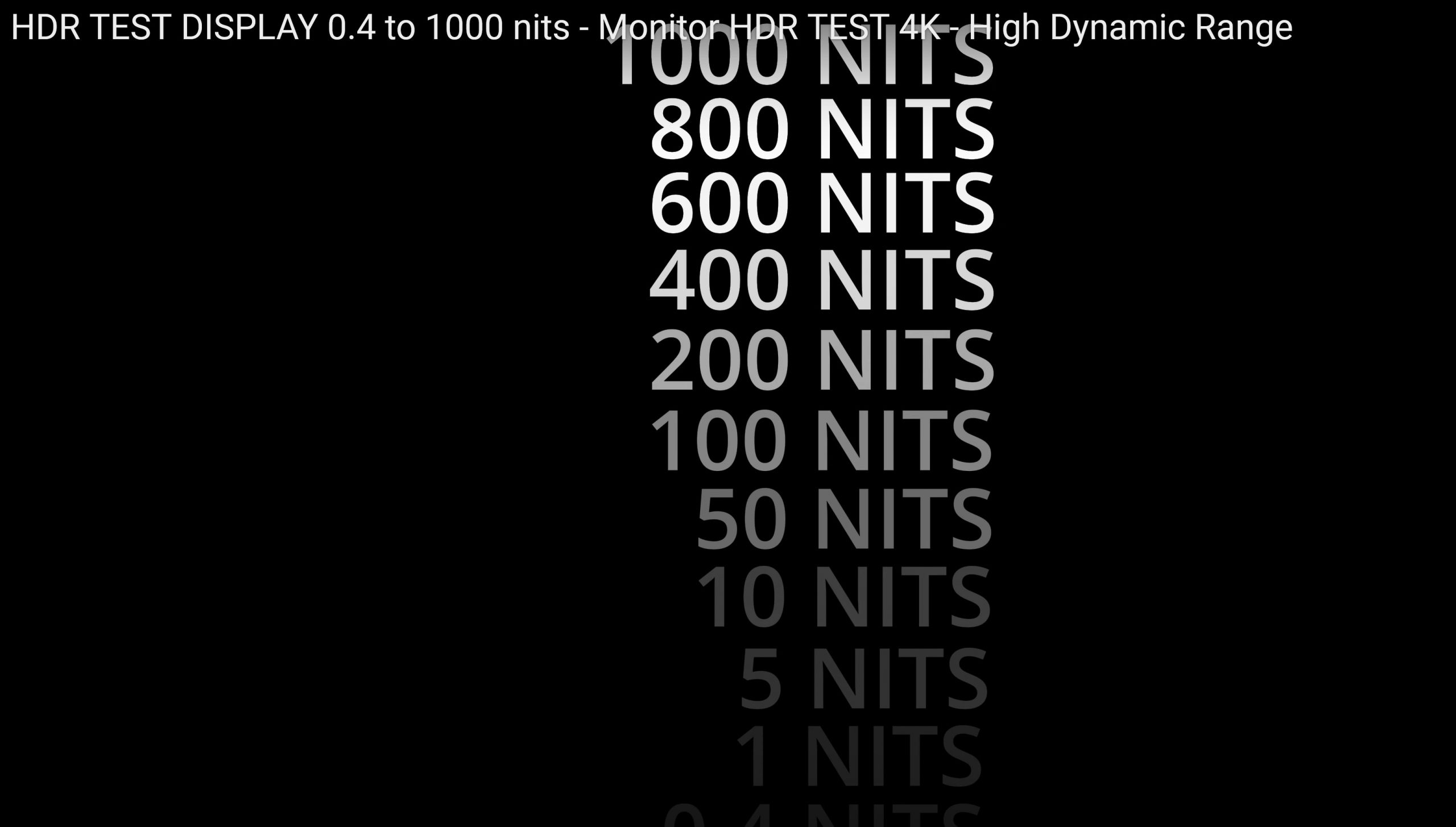
HDR/10/+/HLG – Pass+
As it can do Dolby Vision, it can easily do the subset of HDR up to HDR10+. We found the tones and colours, details in highlights and shadows and tones pleasing, although not quite to OLED standards.

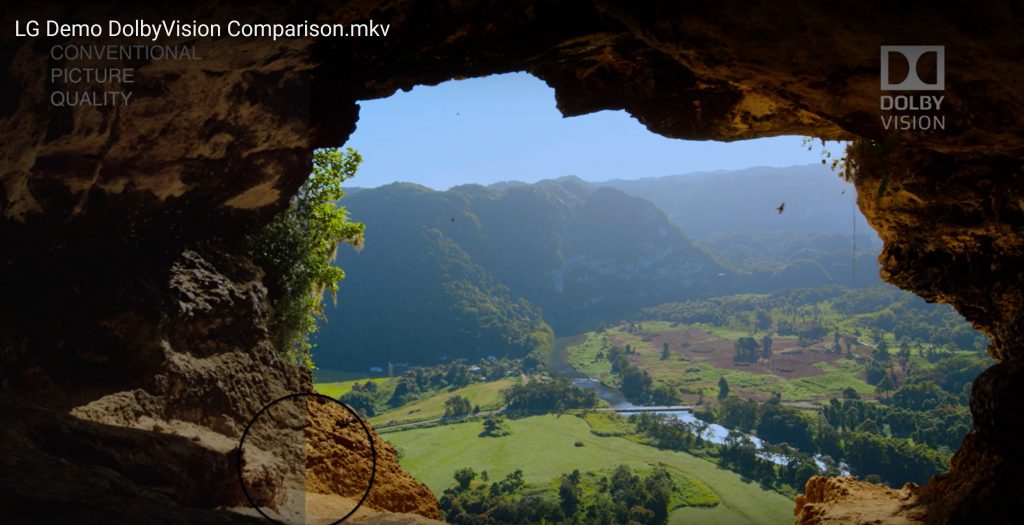
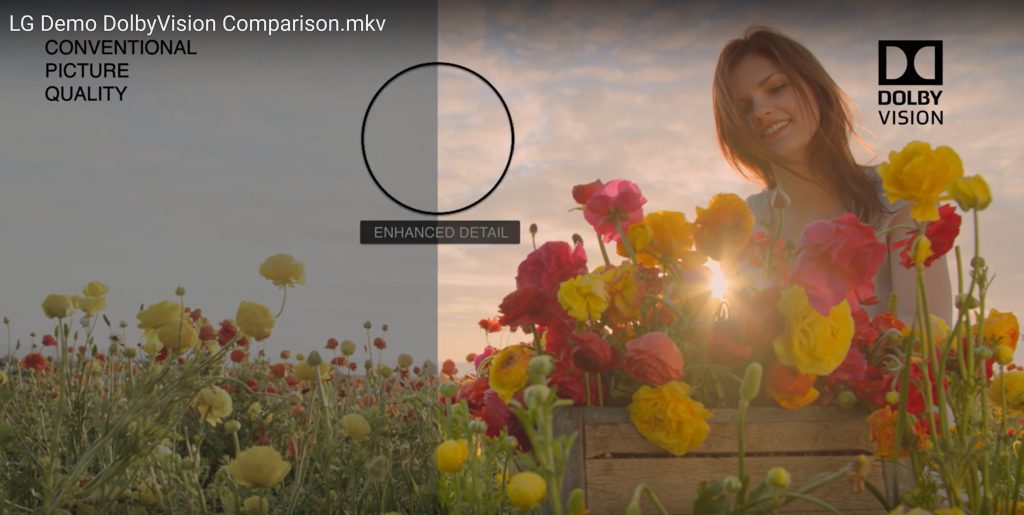
Motion Smoothing – Pass
The panel is native 50/60Hz. It adds BFI (black frame insertion) between actual frames and AI to anticipate movement to give what it calls Perfect Natural Motion (100/120Hz). We noticed minor tearing with 100fps (Hz). Don’t worry – your eyes cannot see that.

Off-angle viewing – Pass(able)
Unlike OLED, where you can get close to a 180° angle to the screen, this VA panel tends to wash out colours and details past about 135°. All this means is that you need to be a little more front-on in viewing than off to the side.
Upscale – Pass+
Video content is AI upscaled to 4K. It uses a deep learning AI that recognises a range of objects and helps to predict what the frame should be. We tested 480 (acceptable), 720 (good), and 1080p (excellent).
Bloom – Pass+
Generally, there is little evident bloom (light shining around white captions etc.). But we noticed where the LED backlight vertical and horizontal separation lines were, and there were faint darker patches on white moving images that you probably cannot see anyway.
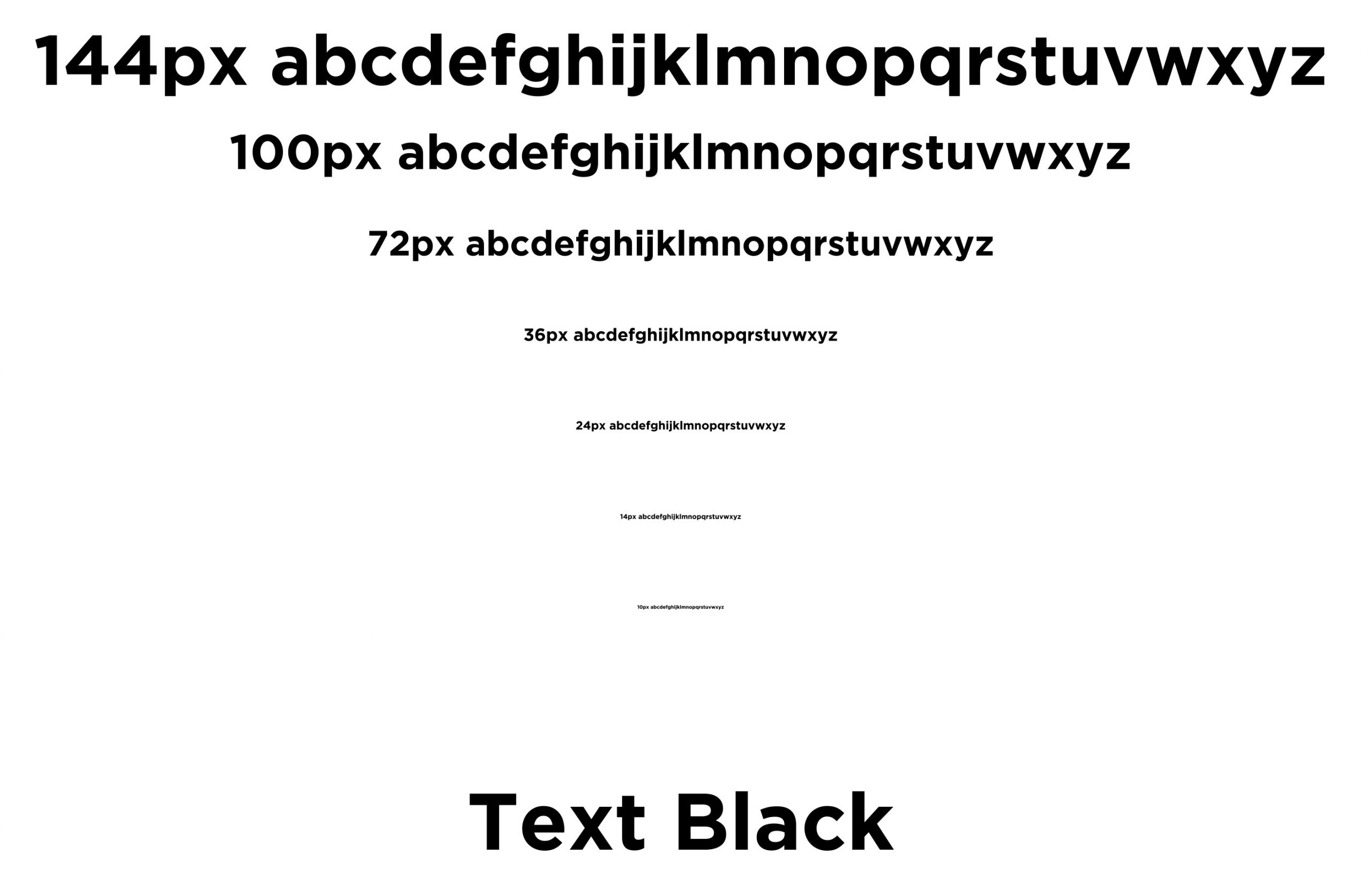
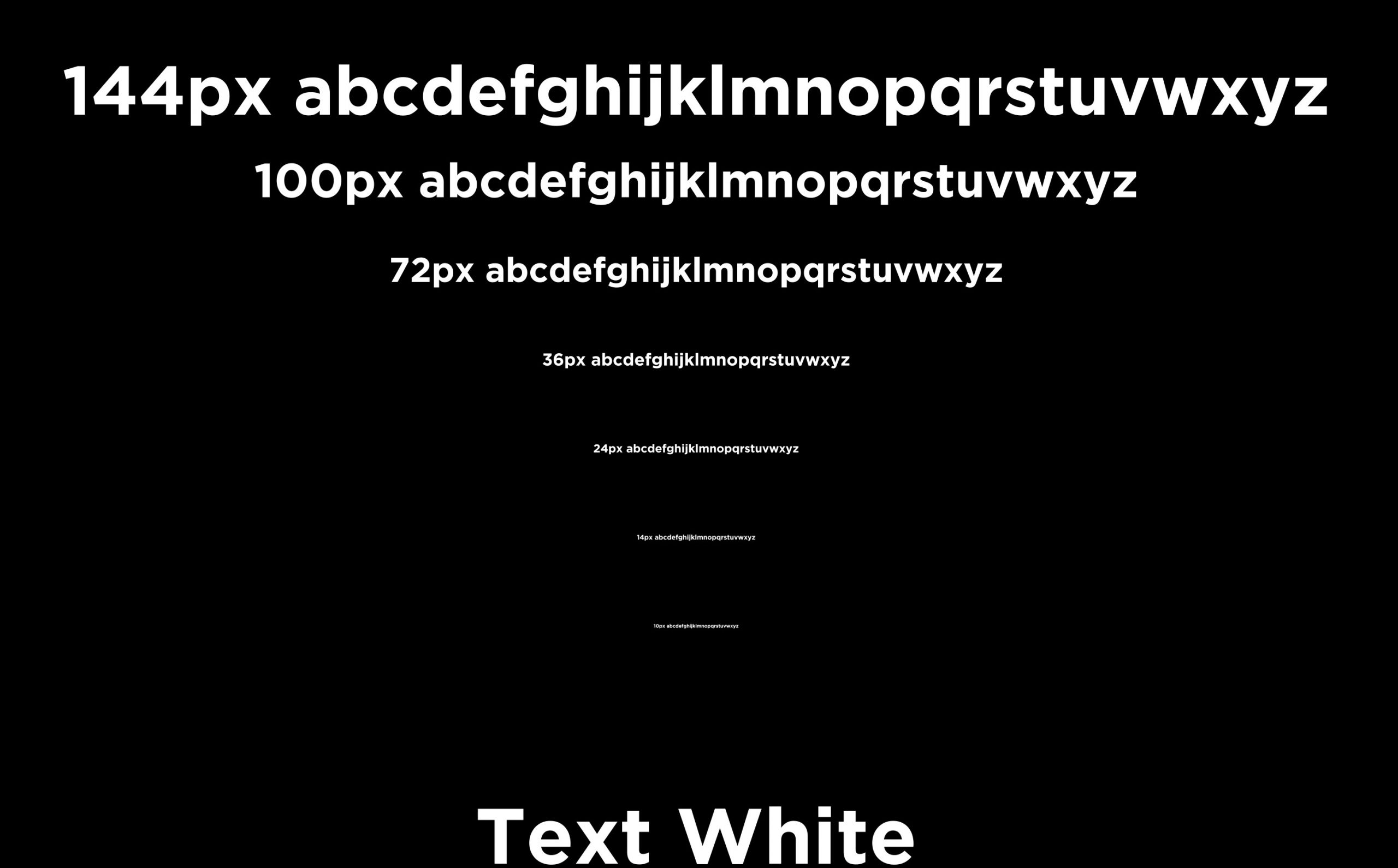
Gamers – Pass
Having HDMI 2.1, 4K@100/120Hz ARC or eARC means you can direct connect Xbox X and PlayStation 5 consoles. We did not test this, but these ports support ALLM, VRR, and FreeSync premium Pro.
The panel has an 18.5ms G-t-G response time in Game Mode. You should be able to play cloud games via a BT-connected controller.
Ambilight – Nice if you like it (not rated)
Ambilight is a Philips technology (and works with Hue Lights, too) that extends the onscreen action onto the wall around the TV in the form of coloured light. It has LEDs on the back on all four sides. Mode includes:
- Standard – TV watching
- Natural – Follows the picture or sound
- Sports – Follows the sports action and ground colour (green grass, blue sky etc.)
- Vivid – Best in bright daylight
- Game – gaming
- Off
We are not fans and find it distracting, so it is not the reason to buy. If you appreciate it, then it increases the perceived contrast, makes the screen seem bigger, and draws the eye more effectively into the action.
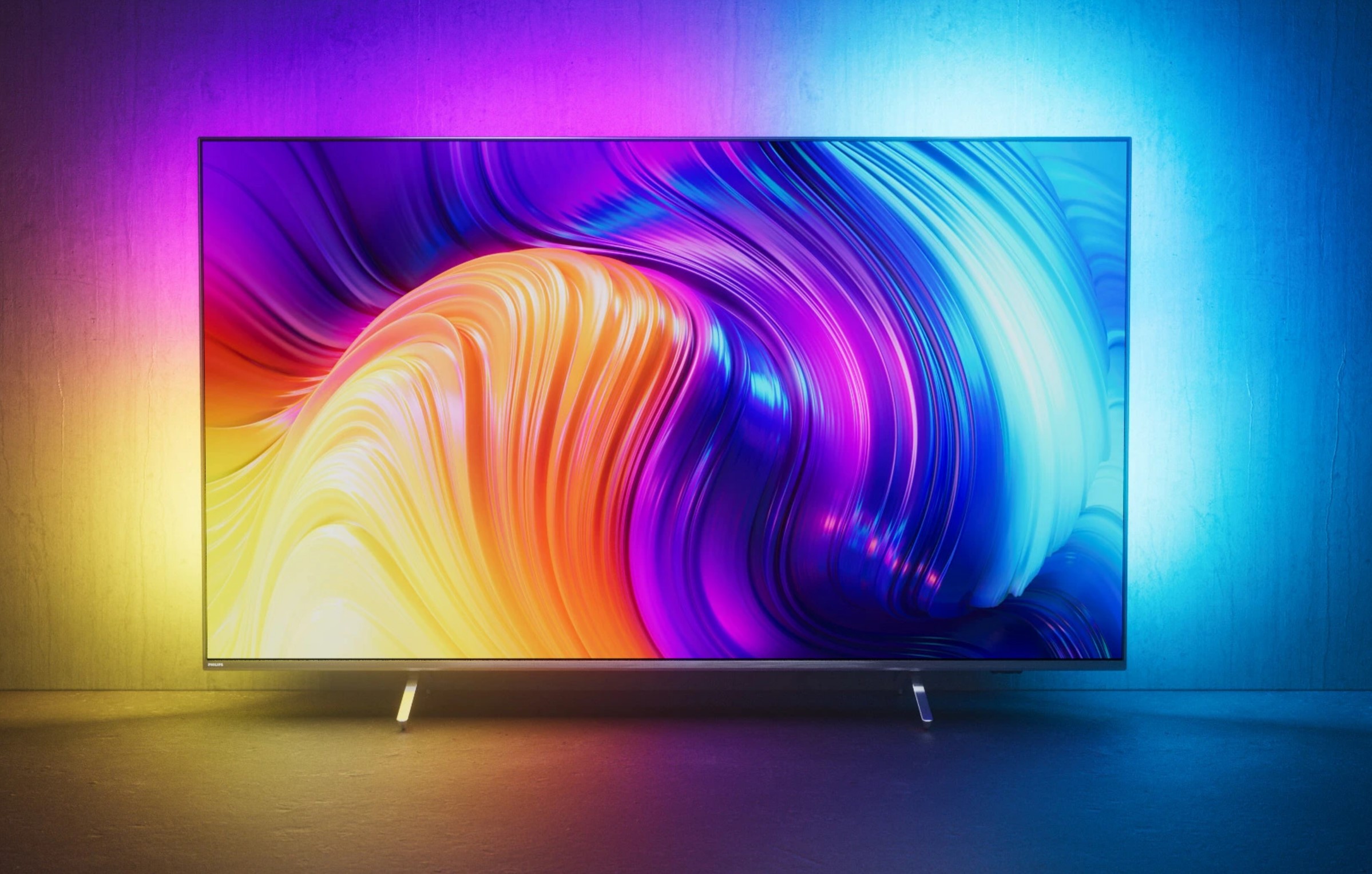
Voice control – Pass+
It supports Google Assistant (dedicated mic button on the remote), and Alexa and Siri (HomeKit/Airplay 2) require an external smartphone or speaker.
Sound – Pass+
It is a 2.1, 50W (2x10W +1 x 30W) rear-firing system that gets quite loud at 82dB. As expected from the three rear-firing TV speakers, the sound stage is rear-focused – an issue if wall-mounted.
Its pre-sets include
- AI Sound
- Clear Dialogue
- Dolby Bass Enhancement
- Dolby Volume Leveller
- Night mode
- Dolby Atmos
- AI EQ (you can get this close to perfect)
- DTS Play-Fi
- Mimi Sound Personalization
Bass starts at a low 47Hz (excellent) and climbs steeply to 85Hz (excellent), where it was flat almost to 10kHz before a gradual decline to 20kHz.

The AI pre-set is balanced with lots of critical mid-bass where you get all the musically important bass, upper-bass for oomph, and good mid and treble to define the sound character.
If you want to know more, see How to tell if you have good music (sound signature is the key – guide).
A Room calibration mode uses the remote-control mic to customise the sound stage to your listening position.
The stereo sound stage is narrow due to the rear-firing speakers, and there is no 3D spatial height. Dolby Atmos content widens the stage a little having good 2D directionality but, again, no perceptible height. You could get away without a soundbar, but a nice 5.1.2 Dolby Atmos would make all the difference.
See Five tips for better TV sound – Dolby Atmos for beginners (guide) and How to buy a soundbar that meets your needs? (guide).
In our tests, pre-sets made little difference. For example, the Clear Dialogue pre-set should recess bass, emphasise 1-4kHz mid, and recess treble – only it tends to accentuate the harshness of mid-treble. For most use, AI sound is the best choice.
It will decode PCM mono-5.0 and Dolby Digital formats (up to 5.1), DTS formats and Dolby Atmos. Invariably these all come out as 2.1.
Mounting – Exceed
It uses a standard 400 x 200 VESA plate and M6 thread screws (75″ is 600 x 300 x M8 thread). As such, you can choose from a vast range of economical third-party mounts. If you wall mount it, however it will have at least an 80mm (plus wall plate) depth (not flush mount). That is to allow the Ambi-light to work.
The desktop pedestal mount is very well designed and allows for a moderate height and width adjustment to accommodate larger soundbars.
The unit is 1449 (W) x 830.5 (H) x 76.4mm (D) x 28/28.6kg without/with the stand.
Power – Pass but a bit hungry
We measured an average of 100W and up to 250W at times with Dolby Vision content. At 30 cents per kWh, it is only a few cents per hour, and in standby, it draws .5W.
CyberShack’s view – Philips 65PML9506/79 Mini-LED Ambilight 4K is a worthy contender
We have wanted to review Philips TVs for some time, but when offered early this year, we responded that its existing models would be outclassed by newer tech. We agreed to wait for the new 2022 models. These have been slow to materialise, given past COVID-related production issues. Then our first Philips review, and it is a 2021 model! While it is not showing its age and has that all-important HDMI 2.1 connectivity, there is later tech in other brands.
Philips has a lot going for its TV. Good brand reputation, Android TV, Ambilight, and some interesting OLED+ EX models are coming. We hope to see more soon.
You can’t go wrong with this TV but haggle on price!
2022 competition
It is a little unfair to compare this 2021 Model (even if it is current) with the later 2022 models, as other makers have been able to undercut it.
- TCL C835 Mini-LED – bang for buck (TV review) at $2999 is a strong contender. Its image and settings are very similar.
- LG has the $3295 mini-LED QNED85 (not the QNED80, which is Edge-lit), and its better model, the QNED91, may not be much more expensive.
- Hisense has the U9G mini-LED series in 65/75″ for $2499/3499. The 2022 series has 1000+ local dimming zones like the Philips.
- Sony has the X95K mini-LED (not here yet, and no price).
- Samsung has mini-LED, but as it does not support Dolby Vision, there is no direct comparison.
Summary: If you think Ambilight is what you want, there is no better. The Philips 65PML9506/79 Mini-LED is a good TV, if slightly on the upper end of the price bracket.
Ratings explanation
- Features: 90. It has everything you need and HDMI 2.1 as well
- Value: 85. It is excellent value if you can get it for around $3,000
- Performance: 85. It meets all Mini-LED/Quantum dot expectations
- Ease of Use: 90, It is Android TV
- Design: 90 if you like Ambilight
Philips 65PML9506/79 Mini-LED, Philips 65PML9506/79 Mini-LED, Philips 65PML9506/79 Mini-LED, Philips 65PML9506/79 Mini-LED
Philips 65ML9506/79 Mini-LED Ambilight 4K TV
$3495m but shop aroundPros
- Great image and brightness (after you change default pre-sets to Vivid)
- Great 2.1 sound in AI mode
- Comprehensive backlit remote
- Fair price, but haggle
Cons
- Default settings are not meant for bright Aussie lounge rooms
- In addition to Google Log-in, Philips wants your details
- Add a 5.1.2 soundbar for Dolby Atmos
Brought to you by CyberShack.com.au


